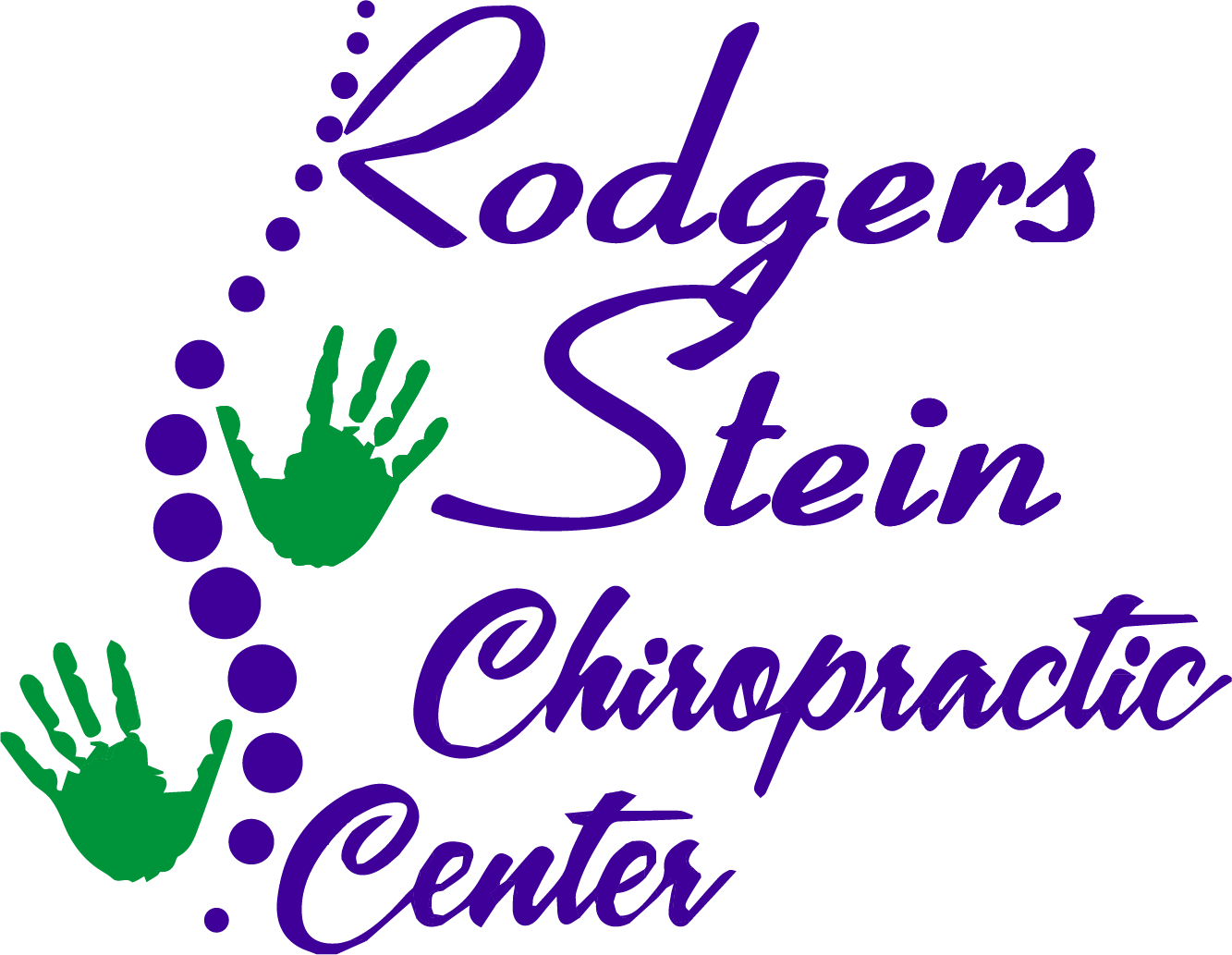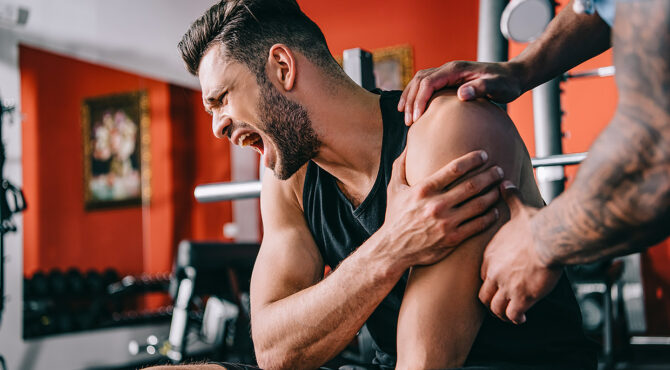When you think about mobility and flexibility, you might not realize just how essential they are for your overall well-being. By enhancing your range of motion, you can improve your daily functionality and reduce the risk of injuries. Furthermore, these benefits extend far beyond physical health, influencing your mental clarity and energy levels as well. So, what specific advantages can you expect to see in your life when you prioritize these aspects? Let's explore the key benefits that could potentially transform your daily experiences.
Understanding Mobility and Flexibility
Mobility and flexibility are essential components of overall physical health that often get overlooked. Understanding these two concepts is vital for enhancing your daily life and maintaining long-term well-being. Mobility refers to your ability to move freely and easily, while flexibility is about the range of motion in your joints and muscles. Both are interconnected and play a significant role in how you perform everyday activities, from bending down to tie your shoes to reaching for something on a high shelf.
When you focus on improving mobility, you're working on your body's ability to engage in various movements without restrictions. This enhancement can reduce the risk of injuries, ease muscle tension, and improve your posture.
Flexibility, on the other hand, helps your muscles and tendons elongate properly, allowing you to move with greater ease.
Incorporating mobility and flexibility exercises into your routine can lead to better overall physical performance. Think about activities like yoga or dynamic stretching, which can help you achieve these goals.
As you become more aware of your body's limitations, you'll start to notice how improving mobility and flexibility can positively impact your physical activities and daily tasks.
Enhancing Athletic Performance
Improving your mobility and flexibility can greatly enhance your athletic performance. When you incorporate stretching and mobility exercises into your routine, you'll notice a significant boost in your range of motion. This greater flexibility allows you to perform movements more efficiently, whether you're sprinting, jumping, or pivoting on the field.
In sports, every inch counts. Enhanced flexibility helps you achieve ideal positions that improve your balance and control. For instance, if you're a runner, being able to fully extend your legs during strides can increase your speed. Likewise, if you play basketball, having flexible hips and ankles can improve your agility, allowing you to change direction quickly without losing momentum.
Additionally, improved mobility aids in muscle activation. When your joints move freely, your muscles can engage more effectively. This means you'll be able to generate more power during explosive movements like jumping or lifting. As you train, this increased power translates into better overall performance.
Moreover, flexibility can contribute to your endurance. When your muscles and joints function efficiently, you'll use less energy during your workouts. This efficiency allows you to maintain your performance for longer periods, whether you're competing or training.
Reducing Injury Risk
To reduce your risk of injury, it's essential to enhance muscle function and improve joint stability.
When your muscles work effectively and your joints are stable, you'll move more confidently and with less strain.
This not only keeps you active but also helps you enjoy your favorite activities without the fear of getting hurt.
Enhanced Muscle Function
Enhancing muscle function plays an essential role in reducing injury risk during physical activities. When your muscles are strong and well-coordinated, they can effectively support your movements, minimizing the chances of strains or tears. Improved muscle function allows you to maintain better control over your body, enabling you to react swiftly to sudden changes or unexpected challenges.
Incorporating strength training and flexibility exercises into your routine can greatly boost muscle functionality. These activities help your muscles adapt to various stresses and demands, which means they're less likely to get injured.
You'll find that a well-rounded approach, including resistance training, dynamic stretching, and mobility drills, can create a solid foundation for your overall fitness.
Moreover, as your muscles become more efficient, they'll contribute to better posture and alignment, further reducing the risk of injuries.
You'll also notice that enhanced muscle function translates into improved performance, whether you're running, lifting weights, or engaging in recreational sports.
Improved Joint Stability
Strong muscles aren't the only factor in reducing injury risk; joint stability plays a significant role as well. When your joints are stable, they're better equipped to handle the stresses of movement, whether you're running, jumping, or simply walking. Improved joint stability means your body can maintain proper alignment and control, which reduces the likelihood of injuries like sprains and strains.
To enhance joint stability, focus on exercises that strengthen the muscles surrounding your joints. Activities like squats, lunges, and balance training not only build strength but also improve proprioception—the body's ability to sense its position in space. This awareness is essential for preventing awkward movements that could lead to injury.
Incorporating flexibility training is also important. Stretching helps keep your muscles and connective tissues pliable, further supporting joint stability. By maintaining a balance between strength and flexibility, you're setting yourself up for safer, more effective movement.
Ultimately, improving your joint stability can lead to a more active lifestyle with lower injury risks. So, prioritize stability in your training regimen, and you'll enjoy the benefits of enhanced mobility and fewer setbacks due to injury.
Improving Posture and Alignment
To improve your posture and alignment, focusing on enhancing core strength is essential.
A strong core supports your spine, helping to alleviate muscle tension and prevent discomfort.
Enhancing Core Strength
Core strength plays an essential role in maintaining proper posture and alignment throughout your daily activities. When your core is strong, it supports your spine and stabilizes your pelvis, which helps you stand tall and move efficiently. You may not realize it, but every time you sit, stand, or walk, your core muscles are working hard to keep you balanced.
By enhancing your core strength, you can reduce the risk of slouching or developing bad habits that lead to discomfort. Engaging in exercises like planks, bridges, and abdominal crunches can greatly improve your core stability. As your core muscles strengthen, you'll notice better alignment in your shoulders, hips, and back, making everyday tasks feel easier.
Moreover, a strong core can improve your athletic performance, whether you're playing sports or simply enjoying outdoor activities. With better posture and alignment, you'll find it easier to breathe deeply and maintain endurance.
#
Alleviating Muscle Tension
Even with a strong core, muscle tension can hinder your posture and alignment, leading to discomfort and inefficiency in movement. When muscles are tense, they pull your body out of its natural alignment, causing strain on your spine and joints. This misalignment can result in chronic pain, fatigue, and reduced mobility.
To alleviate muscle tension, incorporate stretching and mobility exercises into your routine. These activities not only improve flexibility but also promote relaxation in tight muscles. Focus on areas that commonly hold tension, like the neck, shoulders, and lower back.
Regularly practicing yoga or Pilates can also enhance your posture by encouraging awareness of your body and alignment.
Breathing techniques play a vital role, too. Deep, controlled breaths help release tension and promote relaxation, allowing your body to reset and realign. By addressing muscle tension, you'll notice improved posture and better overall alignment, which can enhance your movement efficiency and reduce discomfort.
Incorporate these strategies daily, and you'll find that alleviating muscle tension not only boosts your mobility and flexibility but also leads to a more comfortable and aligned way of moving through life.
Boosting Circulation and Blood Flow
When you prioritize boosting circulation and blood flow, you enhance not just your physical performance but also your overall health. Improved circulation helps deliver oxygen and nutrients to your muscles and organs, allowing you to feel more energized and perform better in your daily activities.
Here are four key benefits of boosting circulation:
- Increased Energy Levels: Better blood flow means your body gets the oxygen it needs, which translates to higher energy levels throughout the day. You'll find it easier to tackle your tasks without feeling fatigued.
- Enhanced Recovery: Improved circulation aids in faster recovery after workouts by flushing out toxins and delivering essential nutrients to your muscles. This means less soreness and quicker return to your routine.
- Better Skin Health: Good circulation promotes a healthy glow by delivering nutrients and oxygen to your skin. You'll notice improved complexion and reduced signs of aging.
- Stronger Immune System: Effective blood flow helps your immune system by ensuring that immune cells can reach areas of your body that need attention. This boosts your overall health and resilience against illnesses.
Incorporating activities like stretching, cardiovascular exercises, and hydration into your routine can greatly enhance your circulation.
## Alleviating Muscle Tension
Although muscle tension can greatly impact your daily activities, there are effective ways to alleviate it and restore comfort. One of the simplest methods is stretching. When you take a few moments each day to stretch your muscles, you can release built-up tension and improve flexibility.
Focus on areas that commonly hold tension, like your neck, shoulders, and back. Incorporate gentle movements and hold stretches for 15 to 30 seconds to experience relief.
In addition to stretching, consider using heat therapy. Applying a warm compress or taking a hot shower can help relax tight muscles and increase blood flow to the affected areas. This soothing warmth can make a significant difference in how you feel.
If you prefer a more targeted approach, try using a heating pad on specific muscle groups.
Another effective technique is practicing mindfulness or relaxation exercises. Techniques like deep breathing, meditation, or progressive muscle relaxation can help you manage stress, which often contributes to muscle tension.
By focusing your mind and calming your body, you can reduce the physical symptoms of stress.
Lastly, regular exercise plays an important role in alleviating muscle tension. Engaging in activities like yoga, swimming, or walking can strengthen your muscles, improve flexibility, and promote overall relaxation.
Aim for at least 30 minutes of moderate exercise most days of the week to keep tension at bay. By incorporating these strategies into your routine, you'll find yourself feeling more relaxed and comfortable in no time.
Enhancing Daily Functionality
Finding ways to alleviate muscle tension not only enhances your comfort but also boosts your daily functionality. When you're less restricted by tight muscles, you'll notice improvements in your ability to perform everyday tasks.
Here's how enhanced mobility can positively impact your day-to-day life:
- Improved Posture: With relaxed muscles, you can maintain better posture. This reduces strain on your back and neck, allowing you to sit or stand for longer periods without discomfort.
- Increased Energy Levels: When your muscles are loose, your body doesn't have to work as hard to function. This leads to increased energy, making it easier to tackle tasks around the house or at work.
- Enhanced Range of Motion: Alleviating muscle tension opens up your joints, enabling a greater range of motion. This can make activities like bending, reaching, or lifting much easier and safer.
- Quicker Recovery: When you alleviate muscle tension, your body recovers more quickly from physical activity. This means you can jump back into your routine sooner, whether it's exercise or just daily chores.
Supporting Mental Well-being
Supporting your mental well-being is crucial for maintaining a balanced and fulfilling life. Engaging in regular physical activity, such as stretching or yoga, can greatly enhance your mood and reduce stress. When you boost your mobility and flexibility, you not only feel better physically but also mentally. You'll find that moving freely and comfortably allows you to focus on what truly matters, rather than being distracted by discomfort.
Moreover, physical activity stimulates the release of endorphins, those feel-good hormones that help combat anxiety and depression. As you increase your flexibility, you're likely to experience a sense of accomplishment, which can elevate your self-esteem and overall happiness. It's amazing how even small improvements in mobility can lead to a greater sense of control over your body and mind.
Incorporating mobility exercises into your routine can also provide a much-needed break from daily stressors. When you take time to stretch and move, you create space for mindfulness, allowing you to reconnect with yourself. This practice can become a form of meditation, helping you to clear your mind and find peace in the moment.
Additionally, engaging in activities that promote mobility and flexibility can foster social connections. Whether you're joining a class or practicing with friends, shared experiences can strengthen relationships and provide emotional support.
Long-term Health Benefits
Boosting your mobility and flexibility doesn't just enhance your immediate well-being; it also sets the stage for long-term health benefits that can transform your life.
When you prioritize these aspects of physical fitness, you're investing in your future health and vitality. Here are some key benefits you can expect:
- Joint Health: Improved flexibility reduces the risk of injuries and can alleviate joint pain, making everyday activities more comfortable.
- Muscle Longevity: Regular stretching and mobility work help maintain muscle elasticity, which can prevent age-related muscle loss and keep you feeling strong as you age.
- Enhanced Posture: Better mobility and flexibility contribute to improved posture, reducing strain on your spine and minimizing the risk of chronic back pain.
- Increased Blood Circulation: Engaging in flexibility exercises enhances blood flow, delivering essential nutrients to your muscles and promoting overall cardiovascular health.
Conclusion
Incorporating mobility and flexibility practices into your daily routine can transform your overall well-being. You'll experience improved athletic performance, reduced injury risks, and better posture. Plus, you'll feel more energized and mentally clear. By committing to these practices, you're investing in your long-term health and energy. So, take the time to stretch and move; your body and mind will thank you for it! Embrace the journey towards greater mobility and flexibility today.



